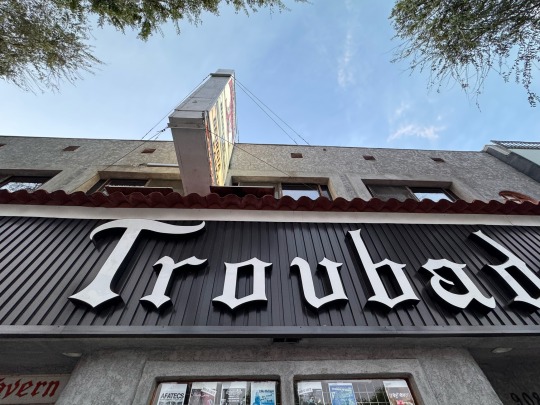#Troubadour
Text
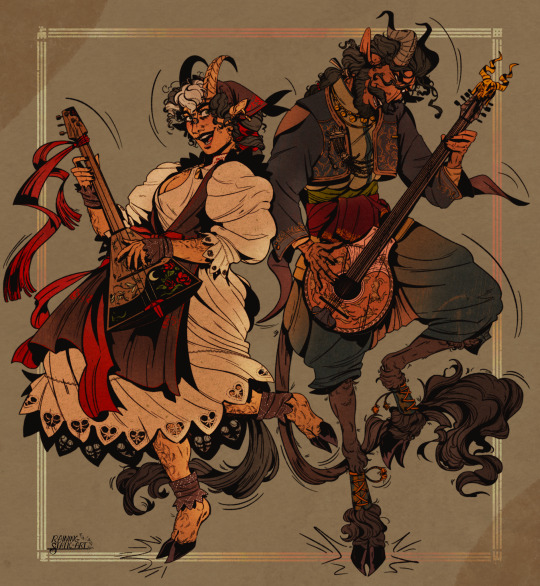


Okay, so get this
A tiefling and a satyr walk into a tavern-
(Art trade for @heruvimski !)
3K notes
·
View notes
Text

510 notes
·
View notes
Text
"This is a series of pics of The Drunk Fux that were taken at Vickey Hamilton's house right before we played The Trubadour". Howard Teman

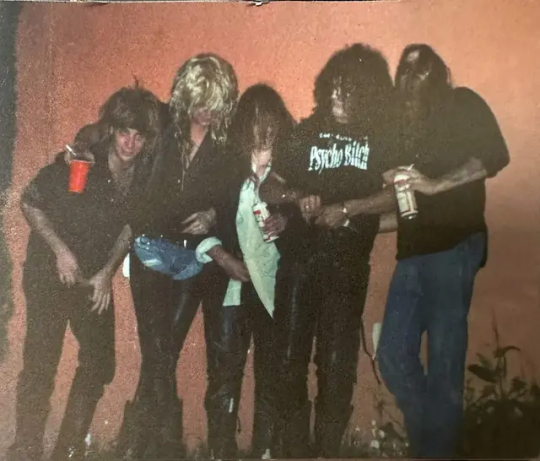

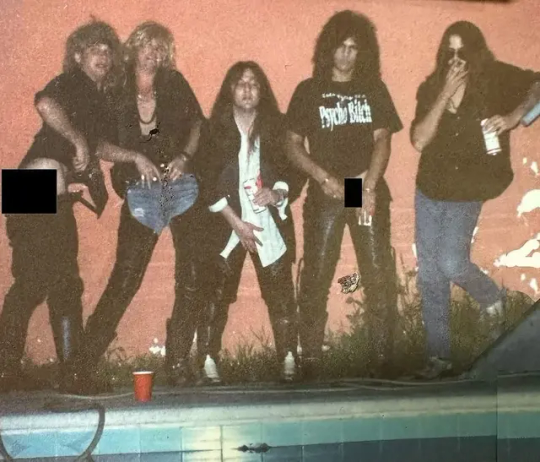

#guns n roses#hard rock#gnr#the 80's#the 80s icons#drunk Fux#slash#duff mckagan#del james#todd crew#howard teman#troubadour
162 notes
·
View notes
Photo


Guns ‘N Roses Concert at the Troubadour, Los Angeles, America - 01 Apr 2016
191 notes
·
View notes
Text

Slash of "Guns N' Roses" performs onstage at the Troubadour on February 28, 1986 in Los Angeles, California (photo by Marc S Canter/Michael Ochs Archives/Getty Images)
66 notes
·
View notes
Text
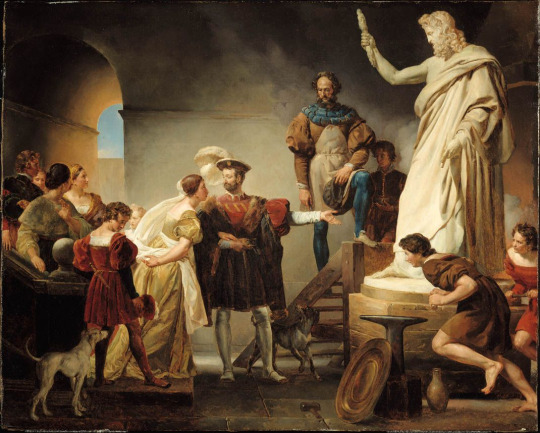
Francis I in Benvenuto Cellini's Studio by Alexandre Évariste Fragonard
#alexandre évariste fragonard#art#francis i#françois i#benvenuto cellini#france#french#french court#duchess d’étampes#neoclassical#romantic#romanticism#history#king#sculptor#royal#royalty#patronage#sculptures#sculpture#statue#statues#europe#european#troubadour
76 notes
·
View notes
Text
What are Minstrels, Jesters and Bards?

Keeping it up with me rambling about the middle ages and fantasy, let me talk about one of the things that seems to confuse a lot of people - especially because most fantasy media just kinda mixes this one up. The difference between Minstrels, Jesters and Bard. Given that all the words are so often used interchangably. But, indeed, there is a big difference, if we look at it from a historical perspective.
The very, very basic differentiation is like this:
A Bard was a Celtic song writer and storyteller
A Minstrel was a medieval travelling singer, poet, acrobat and storyteller
A Jester was a medieval singer, poet, acrobat and storyteller working at a cort. In the late medieval time they were more acrobats and people telling jokes though.
Also there is Troubadoures, who were mostly singers and storytellers at the courts.
Let me talk a bit about the different groups in detail, though.
Bards
Bard as a word comes specifically from the Gaelic word for "poet", which basically tells us most about them. as with so many things concerning the celts, the early history of them is not very well known. We do know, though, that they played a certain role within the Gaelic and Welsh societies both in keeping the oral history of the societies alive, as well as celebrating chiefs and warriors with their songs. Other than other aspects of Celtic societies, the bards did remain for a long while into the medieval period, though how the societies treated them did vary a lot by region.
While in some areas due to their connection to the Celtic (and hence indigenous) religion and culture, they were seen as "second class poets" in some areas - especially in Ireland - with the true poets being connected to the church.
Never the less: Whatever we still know about the Celtic mythology of the British isles is all only known thanks to bards. Because bards kept those oral traditions alive at times till the late and post-medieval period, allowing them to be written down.
Mistrels
Minstrels developed a lot in what their role was. In the early medieval period they were often still bound to courts of kings and lords, where they would perform a wide variety of things. Songs, poems, theatre, acrobatics and dance being most among them. But in the high medieval period it became more and more common that the courts would employ jesters and troubardores, who were more specialized. With those a lot of minstrels became travellers. They would travel the lands and always remain in cities and villages for a while, collect stories, perform their arts and then move on. As such they helped to spread stories throughout the lands - though people could not always be sure whether the stories they told and sang were true or not.
Minstrels often had close networks among each other, though. Exchanging stories and songs they had written and collected. As such they often had a very wide repatoir that they could share with the people.
It should be noted that while there were people like this throughout the entire medieval world, minstrels as we would call them were most common in Medieval France and England, with some also being around in Germany (that is the Holy Roman Empire). Travelling singers and songwriters in the rest of Europe had a bit of a different background, often being closer to the celtic bards.
And yes, minstrels are very much the closest thing here to what bards in DnD are displayed as.
Jesters
Among those noted here, jesters are probably the one occupation people have the best idea of, given that they are fairly big in even modern popculture - even outside of fantasy. I mean, in your standard deck of cards the "Joker" usually is portrayed as a jester.
Jesters were fairly interesting. While they also would at times do poetry and songs, they often were more acrobats, joksters and magicians, who most of the time were bound to the court of a lord, duke or king. In these positions they did however often serve a very important role, as they were allowed to hold a mirror to whoever they served and give them the truth. Basically: They were allowed most of the time to criticize even kings. (Which does not mean that they always got away with it - but usually they got away with way more than most people.) As such a common idea of a jester was, that they were supposed to be wise and also act as a sort of advisor to whomever they served.
Interestingly enough there is a lot of historical evidence that often enough this specific roll was filled by disabled and disfigured people, who could not work in other rolls. Which in hindsight is interesting especially because it gave some disabled people a very important role within the society.
Troubadours
Finally we have the troubadours, who were most of all singers and poets working at the courts. Their art was seen as more "high class" than the work of the normal minstrels. They often would entertain nobility during their feasts and on festivals and celebrations. While they were not the same as jesters, they often were however allowed to parody and do satire of the lords, with that also reflecting on their actions.
So, yeah. There is a difference between these words. While there definitely were bards that served as troubadours, and troubadours who ended up becoming minstrels... It was a bit of a difference between those roles.
The fact that the bards were so tied to celtic cultures is especially a fact that so often gets overlooked.
So, there you have it. xD Maybe some food for thoughts for my dear fellow bard players.

#history#european history#medieval history#middle ages#nobility#royality#bard#bards#minstrel#jester#troubadour#celts#ancient celts#dungeons & dragons#dnd#baldurs gate#baldurs gate 3#the witcher#jaskier
100 notes
·
View notes
Photo
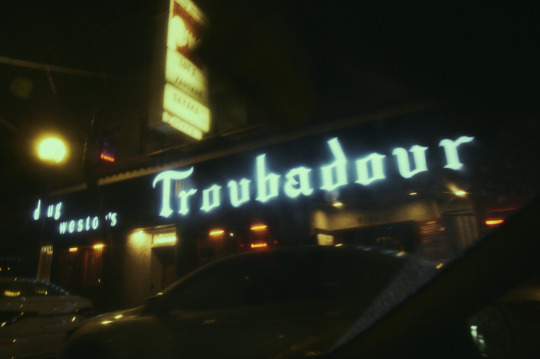
The Troubadour in the rain, 2023.
#Troubadour#sunset strip#classic rock#Old LA#LA music#LA music venue#beverly hills history#West Hollywood history#LA history#Doug Weston#music history#Andi Elloway
187 notes
·
View notes
Text

Valentine of Milan Mourning her Husband
By François Fleury-Richard, 1802, Napoleonic era, Troubadour style art
Location: Hermitage Museum, Saint-Petersburg
#art#1800s art#painting#François Fleury-Richard#Fleury-Richard#Fleury Richard#hermitage museum#Troubadour style#paintings#valentine of Milan#middle ages#medieval#medieval art#napoleonic era#napoleonic#first french empire#french empire#French art#troubadour#stained glass#stained glass windows
17 notes
·
View notes
Text
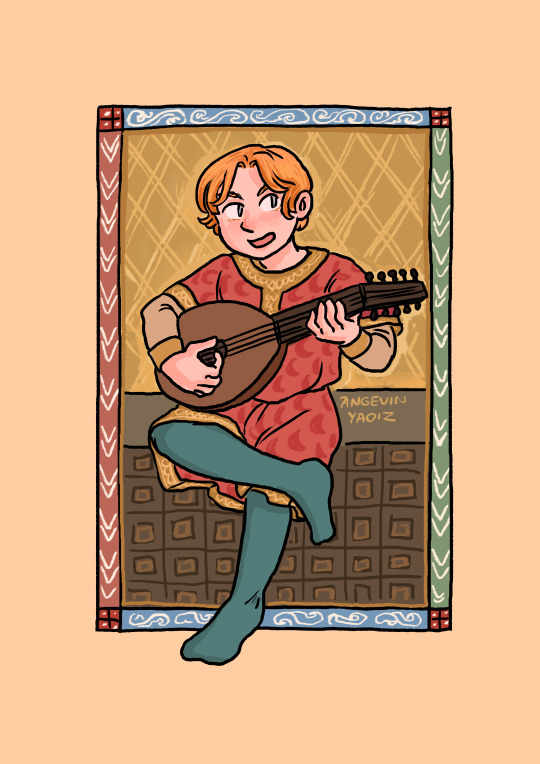
Mummy had a little lamb (circa 1169)
#my art#12th century#troubadour#1169#richard the lionheart#the sun was warmer then and we were every day together#It was abt time I hit him with The Beam
26 notes
·
View notes
Text


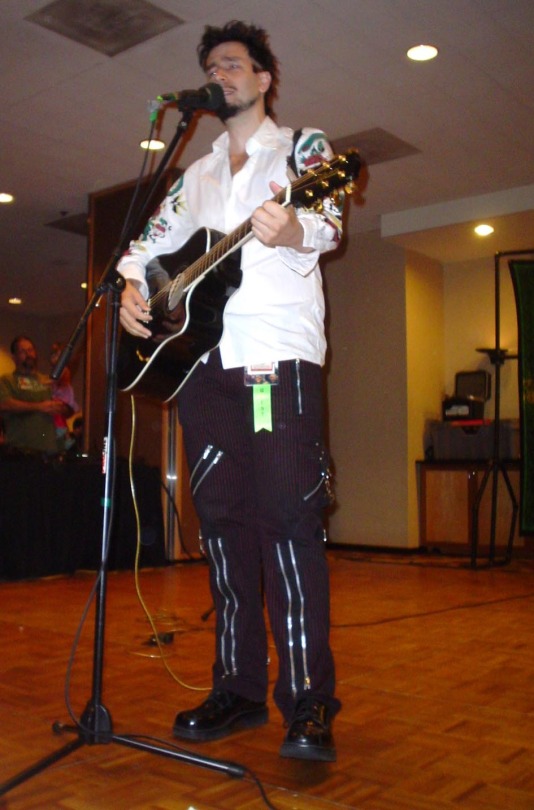

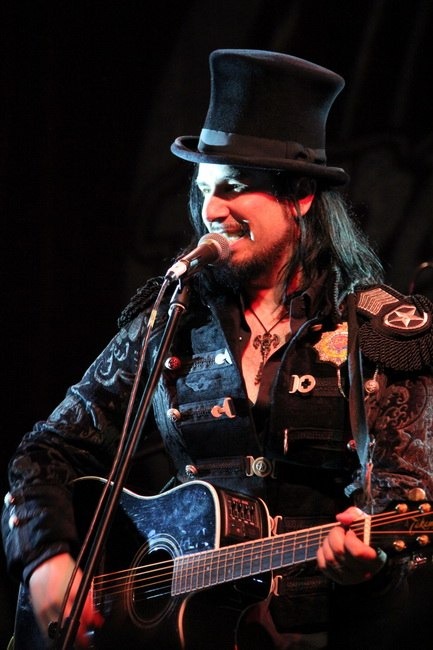

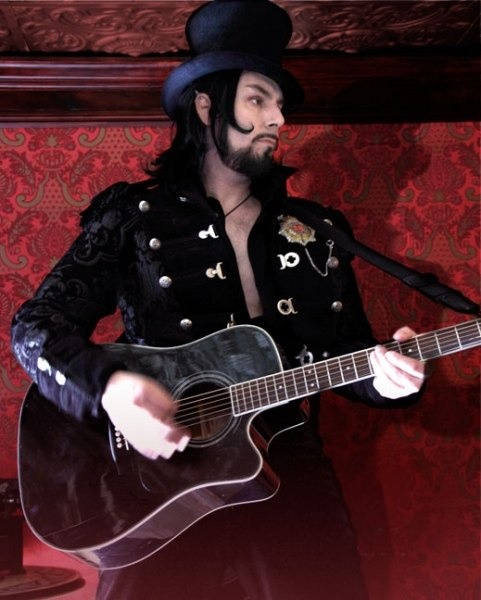


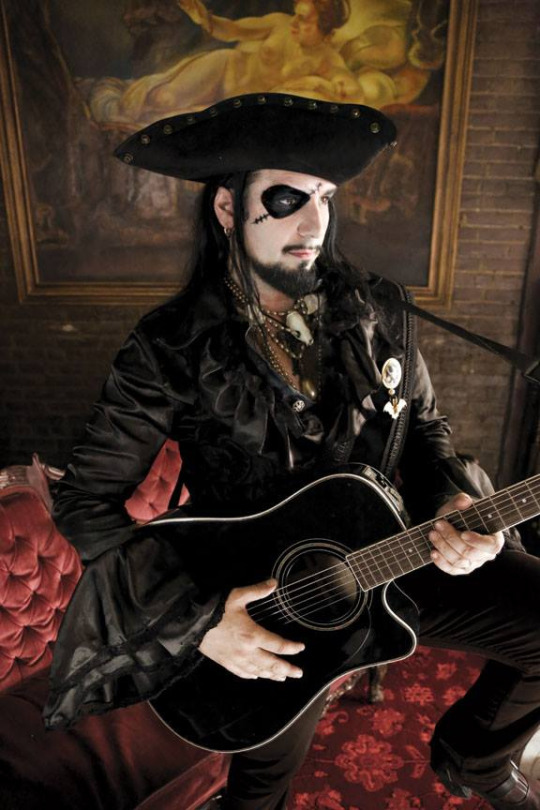


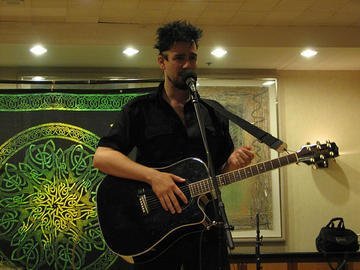
A man and his guitar...
#aurelio voltaire#goth#goth aesthetic#goth musician#goth music#guitar#goth guitar#troubadour#performer
27 notes
·
View notes
Text
Town Musicians of Bremen
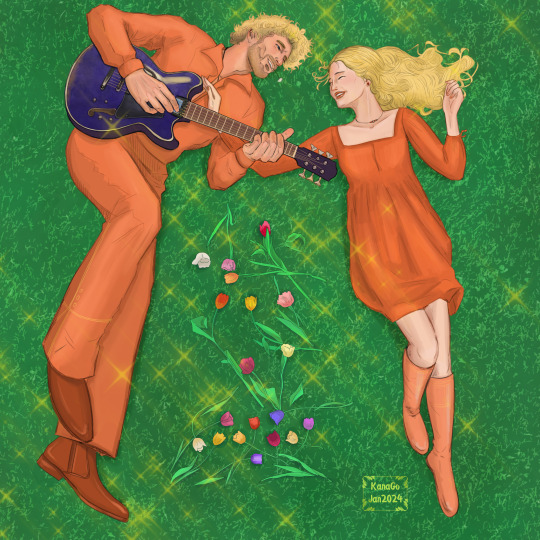
Troubadour and the Princess from 2023 remake of the 1969 Soviet animated film.
#troubadour#princess#town musicians of Bremen#guitar#russian film#бременские музыканты#тихон жизневский#kana go art
23 notes
·
View notes
Text


Slash n' Duff '86 Troubadour
#guns n roses#axl rose#hard rock#slash#gnr#duff mckagan#izzy stradlin#the 80s#steven adler#troubadour
50 notes
·
View notes
Text
Saturday, April 1st, 2023;
Seven years ago today, on April 1st, 2016 in what wasn't an April Fool’s joke, Guns N’ Roses played a surprise show at the Troubadour in West Hollywood, California. 🎸 It was the first time Axl Rose, Slash, and Duff McKagan shared a stage together in 23 years! ❤️
Definitely a day to remember 🔥

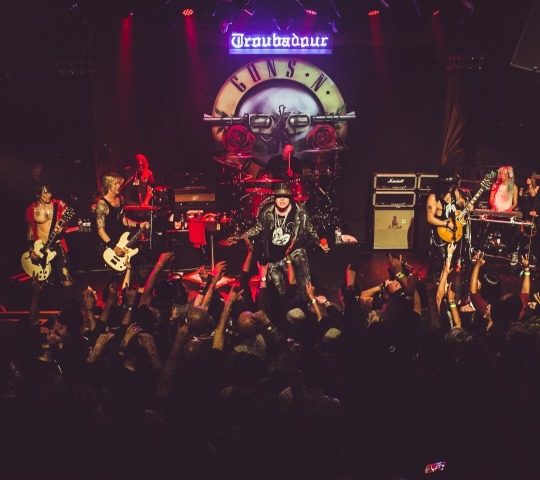
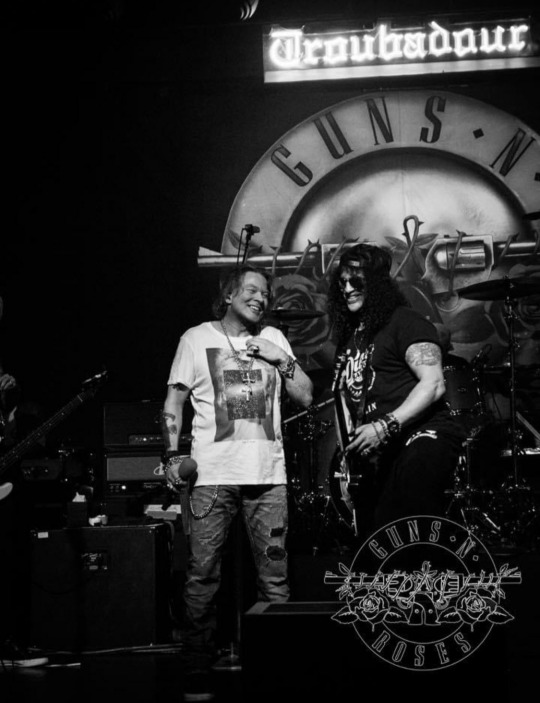
#GNRNEWS
M. 🌹
#guns n' roses#axl rose#duff mckagan#slash gnr#frank ferrer#melissa reese#dizzy reed#richard fortus#troubadour#april fools
70 notes
·
View notes
Text

TUFF + FASTER PUSSYCAT + HERICANE ALICE + KEEL at the Troubadour, Hollywood CA in March, 1989.
L-R: Michael Lean (TUFF), Brent Muscat (FASTER PUSSYCAT), Stevie Rachelle (TUFF), Bruce Naumann (HERICANE ALICE), Todd Chase (TUFF), Ian Mayo (HERICANE ALICE), Danny Gill (HERICANE ALICE), Jorge Desaint (TUFF), and Marc Ferrari (KEEL).
#mine#tuff#tuff band#michael lean#stevie rachelle#todd chaisson#jorge desaint#faster pussycat#brent muscat#hericane alice#bruce naumann#ian mayo#danny gill#keel#keel band#marc ferrari#80s glam#troubadour#80s metal#80s music#sunset strip#glam metal#music#hair metal#rock#hard rock
12 notes
·
View notes
